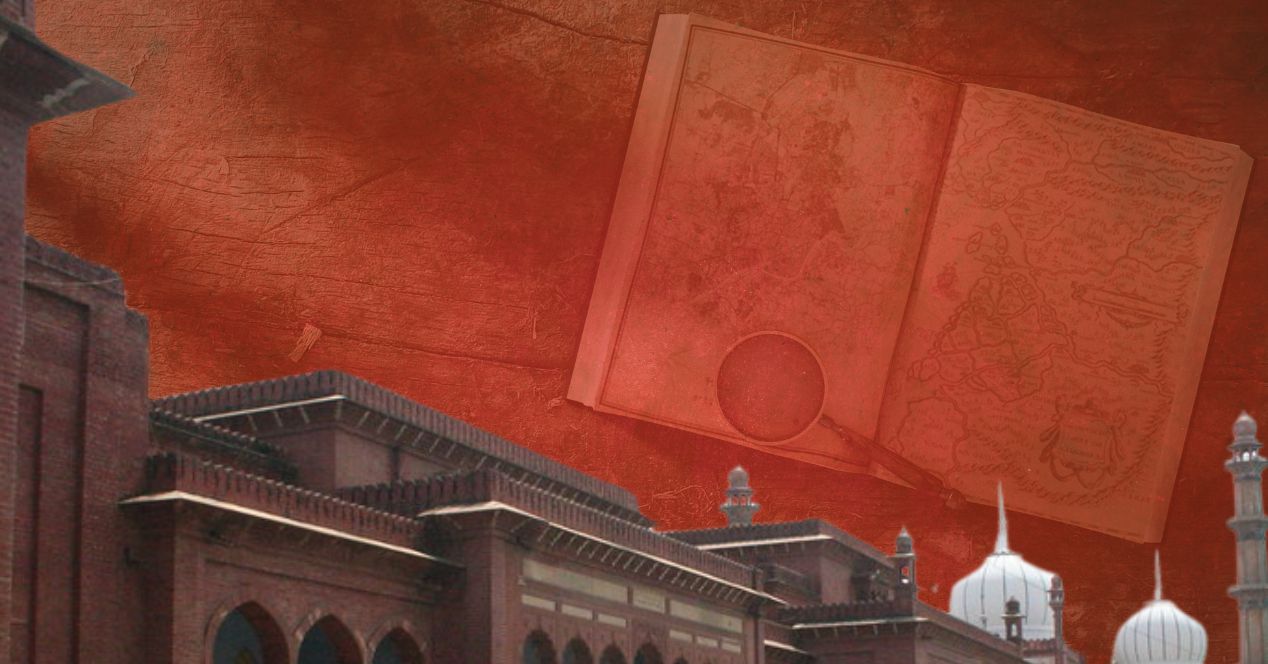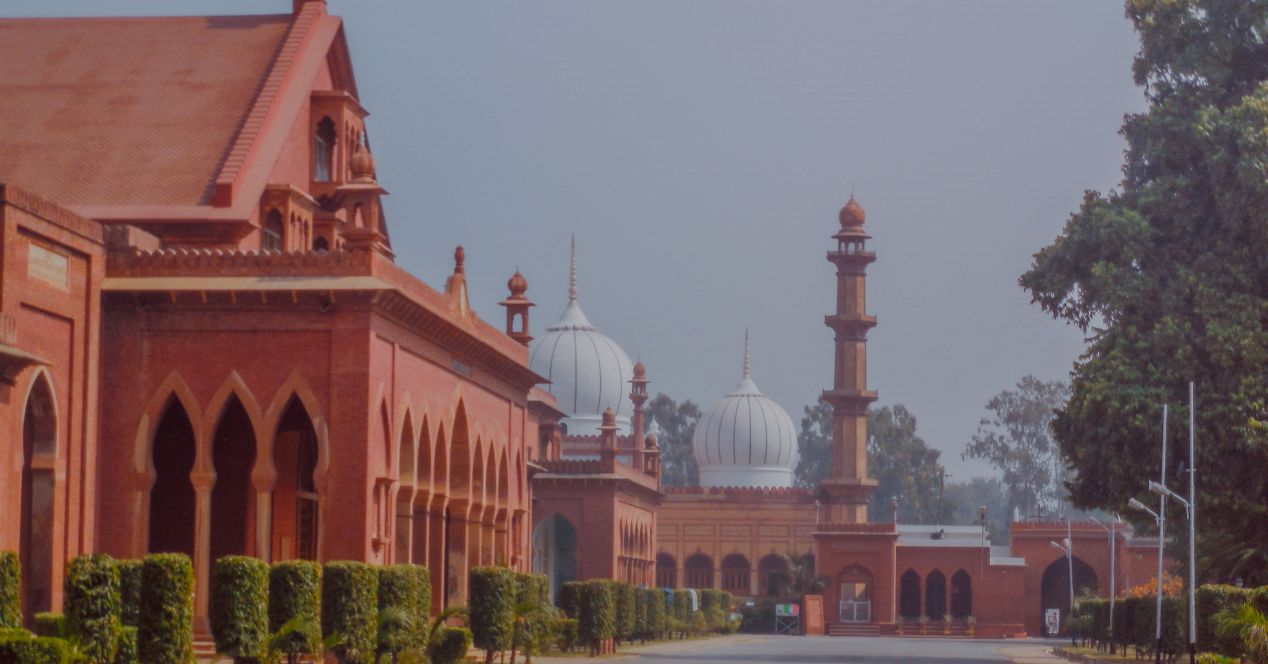Channel
Aligarh Muslim University’s Minority Status: Arguments
The Supreme Court reserved judgement in a case determining the minority institution status of Aligarh Muslim University
Transcript:
Hello everyone! I am Advay Vora, and welcome to SCO Explains! On February 1st 2024, the Supreme Court reserved judgement in the Aligarh Muslim University Minority status case after eight days of hearings. A seven-judge constitution bench was considering whether AMU qualified as a minority institution under Article 30. Article 30 says that a religious minority is entitled to establish and administer an educational institution of their choice. The Bench was also reconsidering a Constitution Bench judgement from 1967, Azeez Basha v Union of India where the Supreme Court stated that AMU does not have a minority status as it was established by the British government through the Aligarh Muslim University Act 1920.
Subsequently, in 1981, the Union government passed an amendment to the AMU Act in an attempt to restore the minority status to AMU. The amendment said that AMU was established by the “Muslims of India.”—this was struck down by the Allahabad High Court in 2005. This led to AMU and the Union government appealing the decision in the Supreme Court. In 2014, the NDA Government led by the BJP withdrew their appeal against the decision. AMU and other associations affiliated with the university proceeded with the challenge. Let’s look at some of the arguments in the key issues of the case.
The petitioners argued that Sir Syed Ahmed Khan founded the Muhammedan Anglo Oriental (MAO) College, with an intention to uplift the Muslim community. This was transformed to Aligarh Muslim University after the passing of the Aligarh Muslim University Act, 1920. According to the Union government, AMU surrendered its minority status after that legislation. They argued that the Muslim community ceded control of the university to the British government. Further, they stated that the promoters of AMU were loyal to the British government, and chose to relinquish their religious status to the British. According to Solicitor General Tushar Mehta, several institutions chose not to cooperate with the British Government, and unlike AMU, have a minority status today. The Solicitor gave the example of Jamia Millia Islamia to buttress his point. The Union also relied on Azeez Basha which also held that MAO lost its religious status once it was converted to AMU by the AMU Act.
For the petitioners, AMU was just an extension of the MAO college with no advanced role of the British government. They argued that all the assets of MAO college were used to develop AMU. This includes the teaching staff, the property, the funds, and its administrative staff. The petitioners contended that Azeez Basha was incorrect because it would result in all minority institutions losing their rights once they come under the ambit of a parliamentary statute. Upholding it would impact all minority institutions that operated under a statute. They pointed out that the Court should consider preceding facts, like the incorporation of the MAO College, its intent, and the role of its founders to determine the status of the university.
The Union government countered this argument and stated that Azeez Basha is a sui generis judgement which will have no impact on any other minority educational institutions.
In Azeez Basha, the Supreme Court held that AMU was neither established nor administered by the Muslim community, but by the British government. This line of argument was also expressed by the Union government. They argued that primary supervisory authority over AMU was in the hands of the Governor-General in Council of the British government. The Governor-General was given the title of Lord Rector under the AMU Act. In their view, the supreme governing body of AMU, referred to as “The Court” only discharged advisory functions, with the final decision being in the hands of the Lord Rector.
“The Court” consisted exclusively of Muslims under the AMU Act 1920. The petitioners argued that “the Court” was responsible for conducting the day-to-day affairs of AMU, and not the Lord Rector. This includes appointing members to the Executive Council and the Academic Council of the University. The petitioners also stated that a figure like the Lord Rector was a recurring feature across several institutions to ensure that there is no mal-administration. Further, according to the petitioners, the MAO College was governed by similar provisions that granted the British supervisory authority. This would mean that there was no expansion of the British government’s involvement in the way the institution administered itself, according to the petitioners. And now, for our third and final question.
The Union and other respondents argued that AMU was included under Entry 63 of the Union List as an ‘institute of national importance’. They argued that the Constitution-makers intentionally included AMU in that list so that the Union could administer it. They claimed that modification of the nature of the institution had to be through a constitutional amendment, stating that overruling Azeez Basha would result in a “public mischief.”
Petitioners countered by saying that minority institutions can be institutes of national importance without losing their minority status. They asked if respondents were implying that AMU is “too good to be a minority institution.”
For a detailed summary of arguments, be sure to visit scobserver.in. Our case background has detailed reports of each day’s arguments! Thank you for watching!



